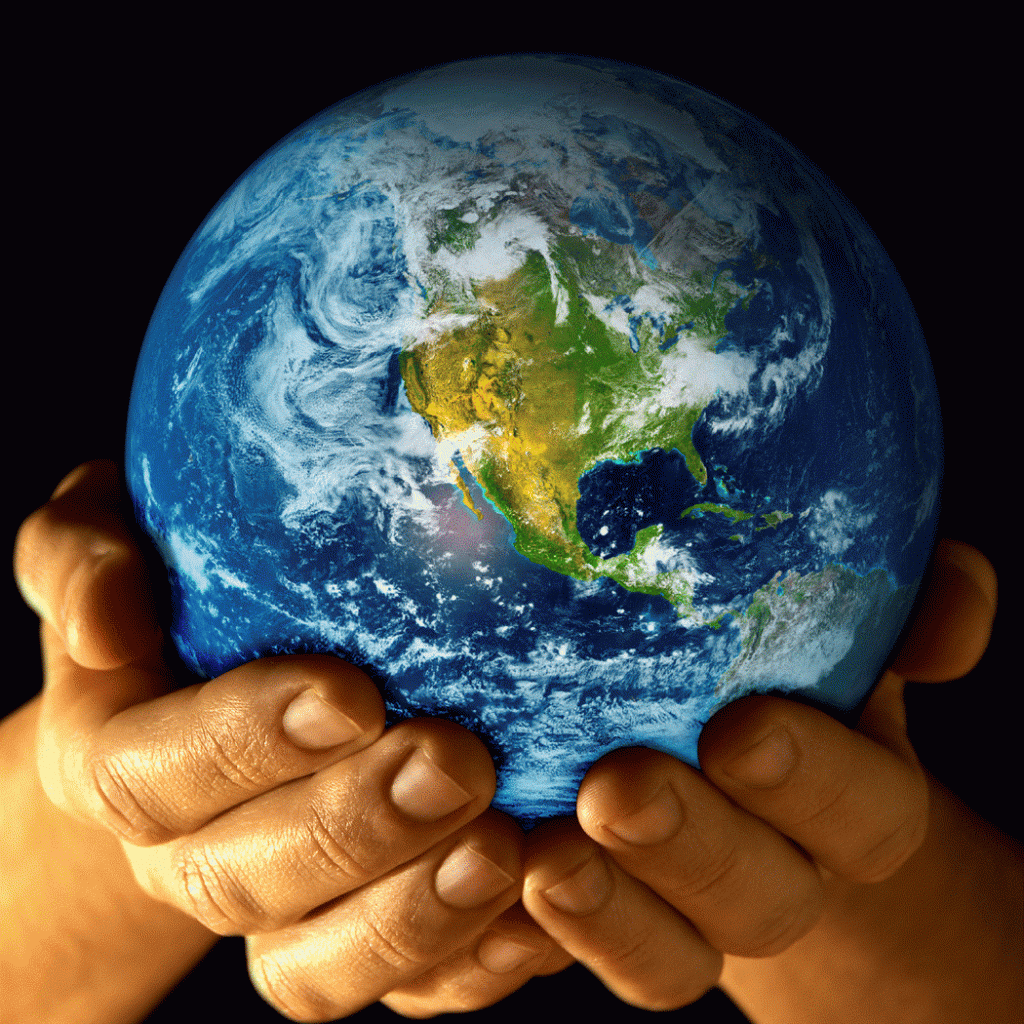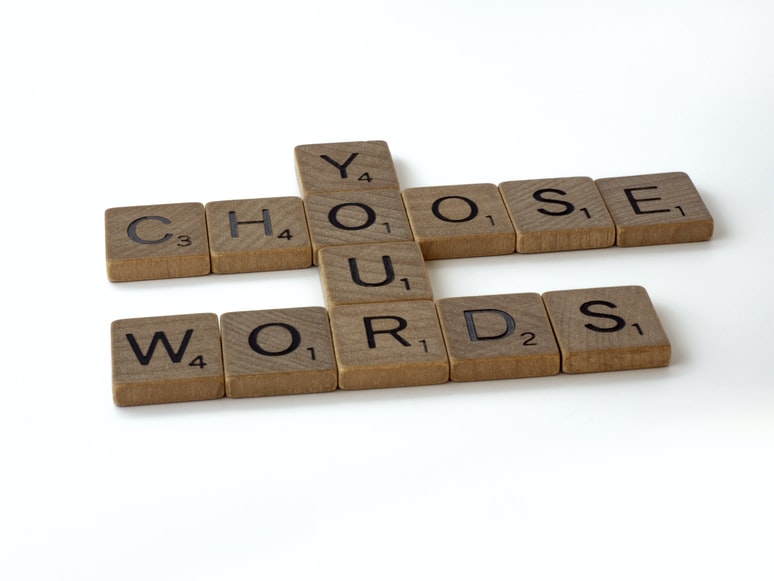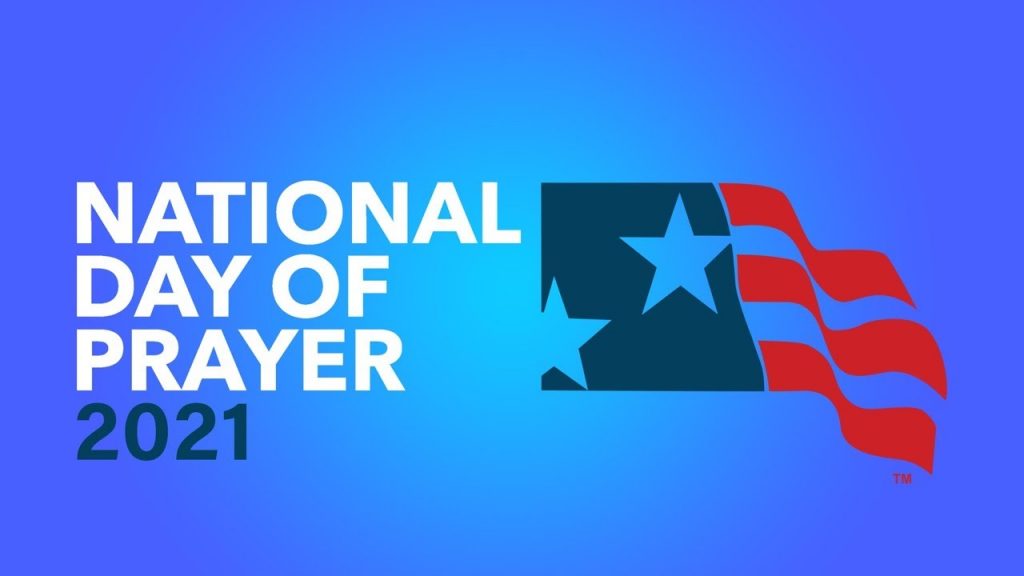Prayer
My View of the World 2022
Roly Houghton, a New Zealand spiritual father, passed away this week at the age of ninety-two. I lived with him and his family in Auckland in 1972-73 while seeking God’s will for my life. He was a man of God’s Word–distributing Bibles to every home in NZ. He also served in leadership with Open Doors, including smuggling Bibles into China and other nations where they were in short supply.
Because he loved and trusted the Scriptures, Roly shared a big view of the world and God’s Kingdom purposes. I dedicate this annual “View of the World” to his memory and influence. He taught me to see things through the “eyes of God.”
Here’s my view of the world in 2022.
My View of the World 2022
From a big picture point of view, here’s what I see in the 21st century after Jesus’ death and resurrection.
Sadly, we are witnessing the greatest turning away from God (numerically) in human history –primarily in different portions of the Western World. One writer believes that The West is Burning Down Before Our Eyes.
Happily, we are also seeing the greatest turning to Christ the world has ever experienced–primarily south of the equator and in the Middle and Far East. This latter subject is the focus of my book The Fourth Wave: Taking Your Place in the New Era of Missions.
These two opposites remind us of Jesus’ famous parable of the wheat and the weeds:
The kingdom of heaven is like a man who sowed good seed in his field; but while men slept, his enemy came and sowed weeds among the wheat and went his way. But when the grain had sprouted and produced a crop, then the weeds also appeared. So, the servants of the owner came and said to him, ‘Sir, did you not sow good seed in your field? How then does it have weeds?’ He said to them, ‘An enemy has done this.’ The servants said to him, ‘Do you want us then to go and gather them up?’ But he said, ‘No, lest while you gather up the weeds you also uproot the wheat with them. Let both grow together until the harvest, and at the time of harvest I will say to the reapers, “First gather together the weeds and bind them in bundles to burn them but gather the wheat into my barn”’ (Matthew 13:24-30).
Notice the phrase “let both grow together.” That continues to happen in 2022. We live in the best of times and the worst of times–maybe in all human history. Sin and salvation. Judgment and mercy. Weeds and wheat. We are seeing an explosion of both good and evil in the 21st century.
The Weeds
The China virus, unleashed two years ago by unseen demonic forces (the world’s truest conspiracy), has softened us to increasingly accept tyrannical leadership and a coming world government. Though we never quarantined well folks before, today’s elites convinced us to lockdown our economies, pick and choose “essential” services, wear masks, and obey their edicts. Now vaccine mandates and Covid-omicron hysteria are causing riots in numerous countries.
We should view this increased government control as a diabolical “Reset” for globalization (no more nation-states). The Bible calls it the tyranny of an inevitable one world government (Revelation 13 & 17).
President Harry Truman warned us two generations ago that turning away from God and the Bible brings tyranny:
“The fundamental basis of this nation’s law was given to Moses on the Mount. The fundamental basis of our Bill of Rights comes from the teachings which we get from Exodus and St. Matthew, from Isaiah and St. Paul. . .If we don’t have the proper fundamental moral background, we will finally wind up with a totalitarian government which does not believe in rights for anybody except the State.”
Since America remains the leading beacon of freedom on earth, totalitarians work tirelessly to destroy or diminish the USA. Donald Trump’s election in 2016 brought a temporary halt to globalist ambitions through a renewal of religious liberty, a revived the American economy, and a short halt to porous borders.
But the new American Axis of Evil (Democrat Party/Secular Media/Deep State bureaucrats) succeeded in winning the 2020 presidential election through questionable means. We may not know the details until eternity–though we understand that Mark Zuckerberg money played a major role in “ballot harvesting” in many swing states.
The Biden administration’s first year in office has accelerated America’s demise through a war of fossil fuels, vast inflationary spending, re-opening the border to two million illegal aliens in the past year, and a litany of secular-progressive causes.
On the positive side, the corruption, ineptitude and anti-American policies of the current administration are beginning to awaken the America public. Virginia voted in a slate of freedom-loving leaders. Parents are mobilizing across the nation to fight gender confusion and Critical Race Theory (the new racism) in the schools.
And the 2022 Congressional elections look like a bloodbath for the Democratic Party with a possible loss of the White House in 2024.
Some believe the “tide is turning.”
For this we work and ask God for a heaven-sent revival.
If we don’t see it, the onslaught of evil will continue. We don’t know when the prophesied one world government will emerge–soon, one hundred or one thousand years from now. But if it’s imminent, it could be Marxist in nature (just like the Black Lives Matter Global Foundation) and probably led by China–after an inflation-produced economic global collapse.
If the world locked down and turned to “experts” in 2020-21, can you imagine the call for global governance the day the dollar dies?
The Wheat
It should thrill our hearts that for the past forty years God has been pouring out His Spirit on Africa, Latin America, and parts on Asia with hundreds of millions coming to faith in Christ. More born-again followers of Jesus live out their faith in Africa and China than in Europe or the United States. The southern hemisphere now boasts more Christians than the north.
That great harvest may increase by billions of people in coming years.
It’s also possible that American believers and patriots will awaken and elect good leaders in government in 2022 in response to reckless progressive rule. A full-blown revival of the Church could sweep new leadership into office in 2024–and even multiply global awakening.
It happened in a smaller nation two generations ago.
When I met Roly Houghton in the fall of 1972, New Zealand was experiencing spiritual renewal through united prayer, nation-wide Bible distribution, vibrant, growing churches, and global missions outreach. I caught their passion, joined YWAM, and came home to help “revive America.”
That’s been my life pursuit.
Here’s what it may take in 2022.
On July 2, 1776, John Adams wrote two letters to his wife, Abigail. In the first he opined:
“It may be the will of heaven that America shall suffer calamities…still more dreadful. [But] it will have this good effect: it will inspire us with many virtues which we have not, and correct many vices which threaten to disturb, dishonor and destroy us…The furnace of affliction produces refinements in states as well as individuals.”
And the second:
“I am well aware of the toil and blood and treasure that it will cost to maintain this Declaration and support and defend these States. Yet through all the gloom I can see the rays of ravishing light and glory. I can see that the end is worth more than all the means.”
May we rise to that vision and challenge in 2022.
We Must Change the Language to Renew the Culture
Many weapons are used in a cultural or civil war. But the vanguard always involves a “war of words.”
God used words to create the cosmos out of nothing (Genesis 1:3-31). His language possessed creative power. When humans (made in his image) use words, they create mental realities, passion, and momentum for societal change. They also give meaning and authority to the ideas behind them.
Right now we are losing the war of words in America’s cultural war.
We must change the language to renew the culture.
The Incredible History of the National Day of Prayer
I had the privilege in 1988 of helping establish the National Day of Prayer as a fixed date (the first Thursday in May) and have participated in the national celebration in D.C. many times over the past thirty-three years.
The National Day of Prayer is a uniquely American event–and maybe our most important holiday.
Here’s the remarkable story.
The Incredible History of the National Day of Prayer
This year’s National Day of Prayer is Thursday, May 6.
Here’s how it came about.
National days of prayer share similarities with Thanksgiving. Both were national proclamations that brought people together to pray in early America. In the colonies, national observances in late fall called for prayer and thanksgiving while observances in the spring or summer called for prayer and fasting.
The fall observance became a set tradition by President Lincoln as the official Thanksgiving holiday in 1863. The spring observance was signed into law by President Truman in 1952–encouraging a National Day of Prayer for all Americans.
The problem with the Truman proclamation was that it set no definite date or day for united prayer during the spring. That would take place thirty-five years later.
They are uniquely American.
Disputes over taxes and the like between the colonists and England during the mid-1700s ignited both the Revolutionary War and prompted some American cities/colonies to proclaim days of prayer. For example, the people of Boston declared a day of fasting and prayer in September 1768 to protest a British edict to station troops in the city. The Boston Massacre would take place less than a decade later.
Virginia’s House of Burgesses proclaimed a day of fasting and prayer on June 1, 1774, to protest the British blockade of Boston Harbor. Local pastors led the colonists in prayer and Thomas Jefferson wrote that “the effect of the day through the whole colony was like a shock of electricity.” This moved some Virginia patriots to choose delegates to establish self-rule in the Commonwealth of Virginia. The South Carolina, Maryland and Georgia colonies all observed official days of fasting and prayer during the lead-up to the “Glorious Cause” of the American Revolution.
The observance of a day of fasting and prayer was announced in all the colonies by the Continental Congress in 1775. Congress issued a proclamation for “a day of public humiliation, fasting, and prayer” to be held on Thursday, July 20, 1775. It came about due to the British invasion of Boston and the beginning of the war.
This was the first true National Day of Prayer scheduled for a Thursday—which would surface again 212 years later.
On behalf of the Continental Congress, John Witherspoon and John Hancock, instructed the colonists to pray for an honoring of “the just rights and privileges of the Colonies in civil and religious” matters. The proclamation was sent on horseback to every town. John Adams wrote that the people responded enthusiastically to the call to prayer and more people attended than normally went to church.
After these nation-changing precedents, the United States Congress decided to call for a day of fasting and prayer each spring, and a day of thanksgiving and praise every fall. Thanksgiving became fixed on the fourth Thursday of November–but the National Day of Prayer continued to move around.
As head of the Continental Army, General George Washington acknowledged a day of “fasting, humiliation and prayer” proclaimed by the Continental Congress to be held on Thursday, May 6, 1779—at a crucial time in the war for independence. To enable his soldiers to participate, Washington ordered a one-day stoppage of work and recreation. In March 1780, Congress proclaimed another day of “fasting, humiliation and prayer” to be held on April 26, 1780.
National days of fasting and prayer stopped for a time after the war during the forming of the U.S. Constitution. They resumed on October 3, 1789, when President George Washington called for a National Day of Prayer and Thanksgiving for Thursday, November 26, 1789—a renewal of the Thanksgiving tradition that took place in most of New England.
President Adams continued the practice of announcing national days of prayer in the spring and fall. Interestingly, and probably due to his questionable faith at the time, President Thomas Jefferson did not schedule such “holy days” for the nation. He considered prayer a personal matter and not a state concern.
After James Madison, none of the next eleven presidents issued prayer proclamations–a period of 47 years, from 1815 to 1862. America’s greatest president and the liberator of the slaves, Abraham Lincoln, renewed the heritage during our nation’s costliest conflict—the Civil War.
President Lincoln called the nation to fast and pray on three separate occasions. His first proclamation, focusing on national peace and unity, took place on the last Thursday of September in 1861.
Some highlights:
“Whereas when our own beloved country, once, by the blessing of God, united, prosperous, and happy, is now afflicted with faction and civil war, it is peculiarly fit for us to recognize the hand of God in this terrible visitation, and in sorrowful remembrance of our own faults and crimes as a nation and as individuals to humble ourselves before Him and to pray for His mercy—to pray that we may be spared further punishment, though most justly deserved.”
“Therefore I, Abraham Lincoln, President of the United States, do appoint the last Thursday in September next as a day of humiliation, prayer, and fasting for all the people of the nation.”
Lincoln’s second proclamation, issued March 30, 1863, stated that we needed to repent as a nation through prayer and fasting.
These are some of his sobering words during some of the war’s darkest days:
“Whereas it is the duty of nations as well as of men to own their dependence upon the overruling power of God, to confess their sins and transgressions in humble sorrow, yet with assured hope that genuine repentance will lead to mercy and pardon, and to recognize the sublime truth, announced in the Holy Scriptures and proven by all history, that those nations only are blessed whose God is the Lord. It behooves us, then, to humble ourselves before the offended Power, to confess our national sins, and to pray for clemency and forgiveness.”
No one said it like Lincoln–to all Americans—black and white, slave and free.
His final proclamation for the first Thursday in August of 1864—just eight months before he was cut down by the assassin’s bullet–made a special plea to government leaders and all those in authority to seek God with fasting and prayer.
“The President of the United States [requests] to appoint a day for humiliation and prayer by the people of the United States; that he request his constitutional advisers at the head of the Executive Departments to unite with him as Chief Magistrate of the nation, at the city of Washington, and the members of Congress, and all magistrates, all civil, military, and naval officers, all soldiers, sailors, and marines, with all loyal and law-abiding people, to convene at their usual places of worship, or wherever they may be, to confess and to repent of their manifold sins; to implore the compassion and forgiveness of the Almighty.”
Abraham Lincoln knew we needed to pray as a nation for unity and peace, to repent before God, and let our religious and political leaders to guide the way.
National days of prayer continued sporadically through the first half of the 20th century, especially during World War I & II—with President Franklin Delano Roosevelt even leading the nation in prayer over the radio on June 6, 1944 just prior to D-Day. But It would take his successor, President Harry Truman, in response to a passionate desire by evangelist Billy Graham, to mandate a springtime National Day of Prayer.
Dr. Graham remarked during the Korean conflict:
“What a thrilling, glorious thing it would be to see the leaders of our country today kneeling before Almighty God in prayer. What a thrill would sweep this country. What renewed hope and courage would grip the Americans at this hour of peril.”
Representative Percy Priest from Tennessee received the challenge and members of the House and Senate introduced a joint resolution for an annual National Day of Prayer, “on which the people of the United States may turn to God in prayer and meditation at churches, in groups, and as individuals.”
On April 17, 1952, President Harry S. Truman signed a bill proclaiming a National Day of Prayer must be declared by each subsequent president at an appropriate date of his choice.
Finally, on February 3, 1988, President Ronald Reagan signed into law Proclamation 5767 establishing the 1st Thursday in May as our perennial National Day of Prayer.
That’s this Thursday, May 6, 2021.
Join your heart with millions of Americans to cry out God in prayer.
BREAKING NEWS: For the first time in seventy years there will be no national prayer gathering at the US Capitol this year due to the current administration denying access. Future trend of progressive leadership? Let us pray!



